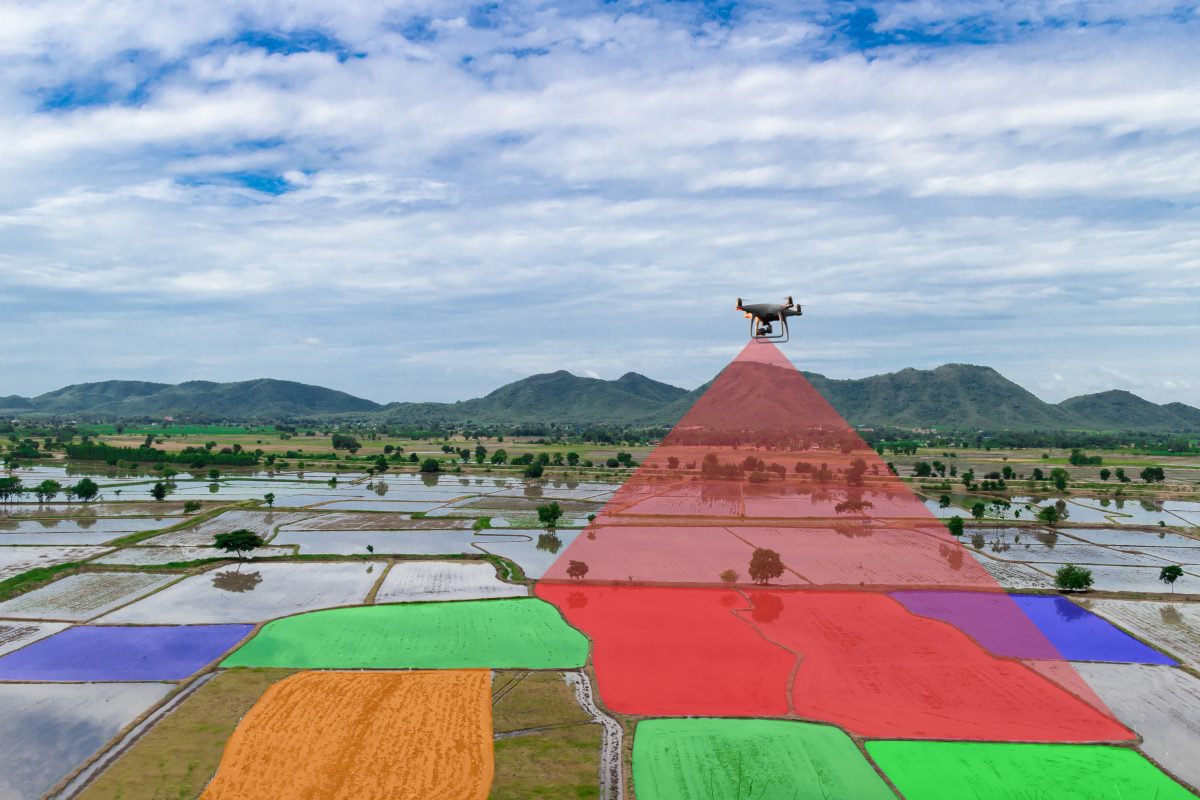How AI is Making the Lives of Farmers Much Easier
Even though farming is one of the oldest professions and activities, there have always been some new technological developments that revolutionized the way farmers grow their crops. In ancient times it was the plow, later on, the tractor was developed and nowadays artificial intelligence is the new technology farmers are relying on to get the most out of the fields and animals as well. Let’s take a look at some of the ways AI is helping farmers save time and resources by eliminating certain manual tasks and making processes much more efficient.
Catching Infections Early On
While each field varies in size, there are nevertheless lots of crops growing on them. Every day, the farmer would have to go out into the field and check the overall health of the crops. This would be just a simple visual overview of any obvious signs that the naked eye could detect. Needless to say, this takes a lot of time and it is not very efficient because it is not possible to check every single stalk of wheat or any other plant growing on the field.
Thanks to the introduction of AI, manual walkthroughs are now a thing of the past. Nowadays, a drone powered by computer vision flies over all the fields and can monitor each stalk one-by-one to detect any symptoms of crop disease. It is very important to notice any signs of disease as soon as possible, in order to prevent it from spreading. This is something that is only be done with the help of AI technology.
Similar technology is being used in fisheries where sea lice and other infections are causing millions of dollars in damage. In order to create the technology that could identify the sea lice, farmers had to annotate hundreds of thousands of images. This could either be done by simply labeling the sea lice in a given image or placing a bounding box around them. The most accurate way to do this is semantic segmentation. This is where each pixel in an image is matched to an object which allows the computers to learn where one louse starts and the next one starts.
The example above took place in Norway and the farmers themselves annotated images. However, a lot of companies are opting to hire a remote team of annotators to perform this job because it can be difficult and expensive to find farmers who are willing to dedicate many hours to such tasks.
Mindy Support can assemble a team of dedicated image annotators regardless of the volume. We have extensive experience handling projects of all sizes and can provide you with insider know on how to best set up certain processes.
Cultivating Indoor Farming
Certain crops, such as tomatoes, are grown inside greenhouses. This requires another set of skills and knowledge than outdoor farming since there are different conditions involved. For example, lettuce is grown under LED lights, which allows the farmers to control photosynthesis. Researchers have developed AI-powered robots that could manage the entire crop development process. They have become so advanced that they can determine how well each individual leaf is developing and whether it requires any additional nutrients.
This technological development is significant because it is being to fight world hunger and battle climate change as well. Indoor farming eliminates activities such as prescribed burning, chemical use and other contributions to global warming.
Predicting the Weather
In the old days, farmers relied on the “Farmer’s Almanac” or on the decision of Punxsutawney Phil on Groundhog’s day to find out if the winter will continue and other weather patterns. Nowadays, farmers are using AI to create seasonal forecasting models to make important decisions. This can be particularly useful to farmers in developing countries since the population relies on them for food, but they may have limited technology available to handle whatever nature throws their way.
Incorporating the Latest Technology is Essential to Farming
Farmers depend on their land for their livelihood and would like to yield more crops every single year. If they use the latest AI-powered technology, they will be able to increase revenue and eliminate time wasted on manual tasks. While currently, such technology is pretty expensive, it is becoming more affordable as more developments are made. You can expect AI technology to become mainstream in the agriculture industry as we progress into the future.
Posted by Il’ya Dudkin






